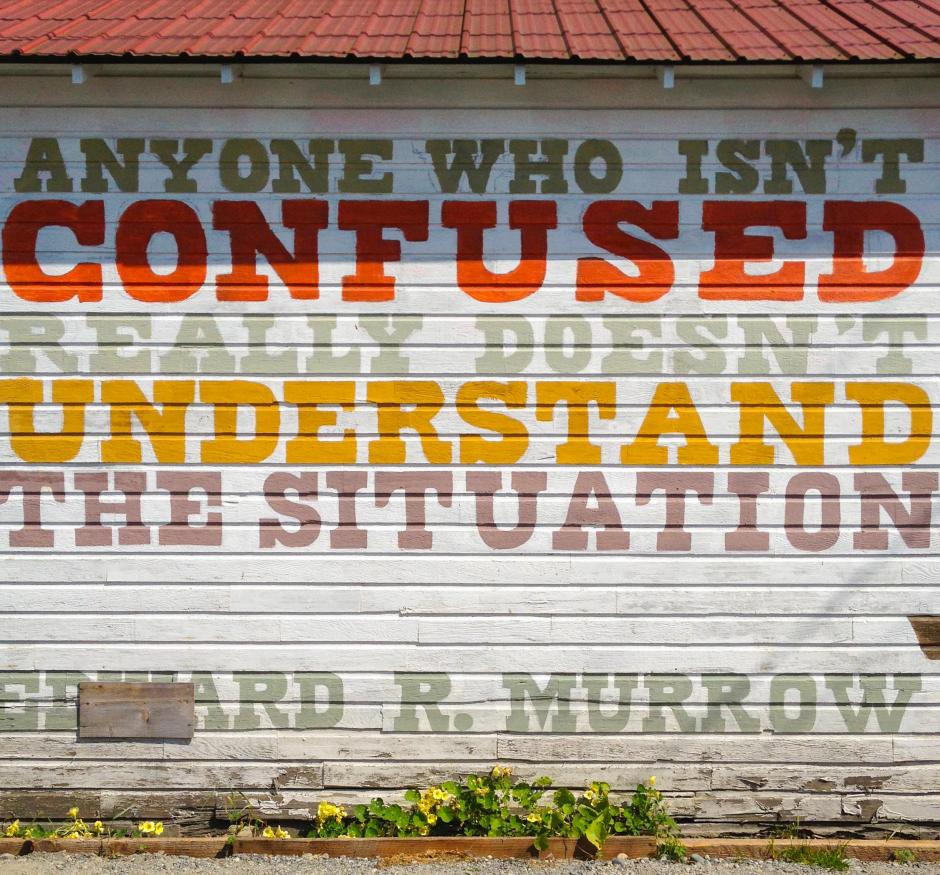Recipe for Communication
Many of us talk, and respond, and reply, and retweet all day long. But, as we all take a moment to digest the sheer magnitude of intake, it’s important to reflect on ways to improve and clarify communication.
A common misconception is that there’s a magic silver bullet to effective messaging. Unfortunately, that is not the case. Simply launching a website, training your team, or sending an email about new products isn’t guaranteed to inspire interest or improve sales. In most cases, there are a series of objectives, tactics, and collaborations with varied groups to ensure the collective message is cohesive.
We believe in taking cues from customers and learning from non-verbal signals. Body movements and gestures express feelings and behaviors in ways that words alone never can. If you’re in the digital space without a physical person to observe, use analytics as a guide to understanding sentiment and what’s going on behind the laptop.
To help articulate other ways to improve communication, we asked 10 professionals, from varying industries, to share their thoughts on the subject.
- "One of the most important things about writing is that the reader places you in a position of trust, and this is a sacred thing. Literary or dramatic devices aside, maintaining absolute candor with your reader is key and this includes signaling to the reader the extent of backup you have for your claims or assertions. A good everyday example of this is that while your headline or tweet should zing, it should be materially accurate as to what the post is about." - Venkat Balasubramani, Technology & Internet Lawyer and Blogger
- "Brands and businesses should focus on developing strong content in tandem with SEO. Messaging should always support your brand's vision and philosophy and be tailored for your audience — not exclusively for search engines." - Julie Ashkenazi, Creative Director
- "As a coach and as a business leader, I consciously practice Appreciative Inquiry, a philosophy/belief that includes the tenet that positive conversation and interactions stem from positive questions and reflections. Conversations and interactions become positive the instant we ask a positive question, tell a positive story or share a positive reflection. The more we attend to the positive in the moment, the more positive will be our intentions for future moments, which creates the groundwork for change and transformation." - Amy Dampier, MA, Certified Wellness Coach; Director In-Store Selling
- "One of the biggest communication tips I could give is being strategic about content. Content doesn't live in a bubble and you need to be honest to the platform of where it lives – regardless if it's 140 characters on Twitter or a series of funny gif on Tumblr. Knowing your audience and producing the rich content that will stop them and engage them means preparations, planning and adapting." - Gitamba Saila-Ngita, Chief Innovation Officer
- "One of the first things I learned as a reporter more than 20 years ago is to get the facts — then check them twice (or more). That journalism is a public trust to be practiced with the utmost seriousness and responsibility, and that accuracy is paramount to putting a story out into the public domain. The same standards apply in my work as a chef and cookbook author. The public is putting their trust in me that my recipes do what they say they're going to do, from servings to cooking time." - Kim O'Donnel, Food Writer & Author
- "If writing to a particular editor or producer, try to mimic the language used by his/her media outlet. It will not only demonstrate that you are a reader or viewer but will also increase the chances that they will respond." - Jill Budik, Media Relations Professional
- "As a professional photographer with over twenty years in the business I have learned the importance of communicating with your client prior to the shoot in regards to usage. I find it best to have a simple written agreement that clearly states what the photos will be used for and for how long. This way there are no surprises down the road when the client wants to use the photos for additional marketing beyond the scope of the original shoot." - Jim Henkens, Photographer
- "When sharing an article or video on social, include an excerpted quote to increase engagement. This provides a little flavor, and lets people know why the content is worth their time." - Virginia Bunker, Creative Director
- "Segment your email list and serve content that's relevant to each group in order to increase open rate and drive engagement. Monitor your lists' behavioral data, along with the recency and frequency of purchase, to help improve the relevancy of your message." - Uzi Ashkenazi, Director of New Media
- "Please remember, especially when attending events and conferences (SXSW anybody?), don't over-promise and under-deliver." - Michael Tchong, Public Speaker
As connectivity, globalization, and the demolition of barriers continue to drive new products and services, it’s more important than ever to transform and modify messaging with a recipe that matches your strategy. Transparency continues to be a key ingredient to thoughtful communication.




